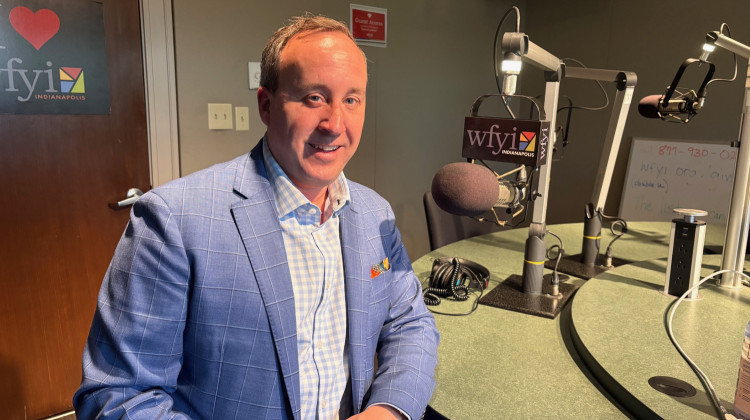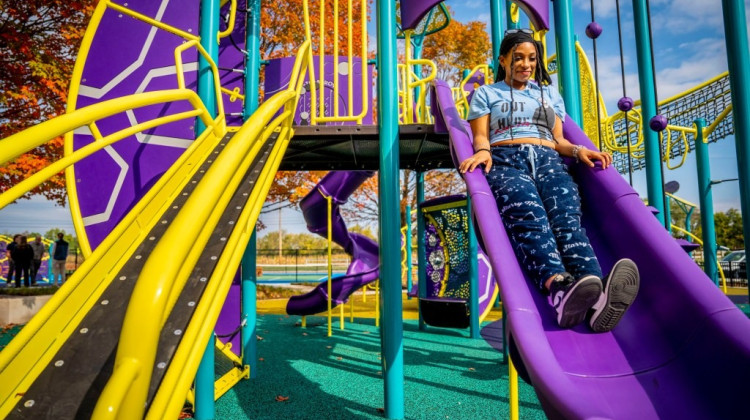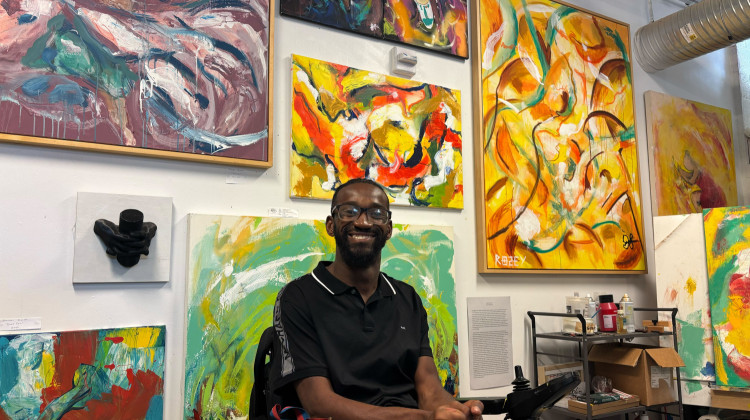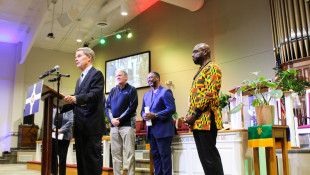It’s the Year of the Coliseum at the Indiana State Fair. The newly renovated building is the star of this year’s event, but if you take a look around you’ll find nostalgic stories and historical significance in many of the structures that dot the fair’s landscape.
A good way to do that is by hopping aboard the State Fair Architectural Tour. Visitors can take a free trolley ride, get an architecture lesson and travel back in time through the fair’s 158-year history.
Paul Diebold, an architectural historian with the Department of Natural Resources came up with the idea for the tour and started it in 1998.
"We thought if we can teach people about history and preservation here at the fair we can probably do it anywhere," says Diebold.
As the tour gets started Dave Duvall, DNR historical architect and co-tour guide, provides some background on the State Fair’s beginnings.
"The first fair was in 1852 and the 150th fair was in 2006, now if you do your quick math you'll find that doesn’t really quite work," comments Duvall.
That because there were a few years when there was no fair -- during the Civil War, World War II and the Spanish American War when many structures were used to house supplies, or even soldiers.
The first fair was held in Military Park in downtown Indianapolis. It jumped around to a number of other cities before landing in in the Herron-Morton neighborhood and then moving to its present location in 1892.
Diebold says the oldest structures are likely the horse or speed barns that line Fall Creek Rd.
"Some of these buildings may actually have been removed from the Herron-Morton site with much remodeling over the years," explains Diebold.
A number of other historic buildings were erected in the late '30s with money from FDR’s New Deal. Most were projects for the Works Progress Administration, but the Art Deco-styled Coliseum was built with PWA, Public Works Administration money, employing more skilled workers.
Passing the Midway, Diebold explains that the current fair site was chosen in part because of its location between the Nickel Plate and Monon railways. He likes to think of generations of fairgoers arriving that way.
"You can kind of imagine if you were a child arriving from northern Indiana on the Monon, you're arriving at night in a Pullman car, the first thing you're going to see is all these incredible lights of the Midway," says Diebold.
He says even when the fair ends, his day job allows him to uncover new historical nuggets to add to the tour.
"I like helping people discover history that's important ,that's in plain sight," says Diebold. "I think the fair's a great place to do that."
There’s still time to get on board the heritage tour this year. The tour leaves the DNR building at 11 a.m. Aug. 14, 15 and 16. First come first served.
 DONATE
DONATE







 View More Articles
View More Articles

 Support WFYI. We can't do it without you.
Support WFYI. We can't do it without you.